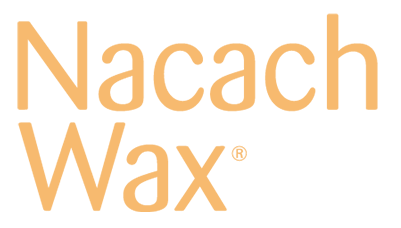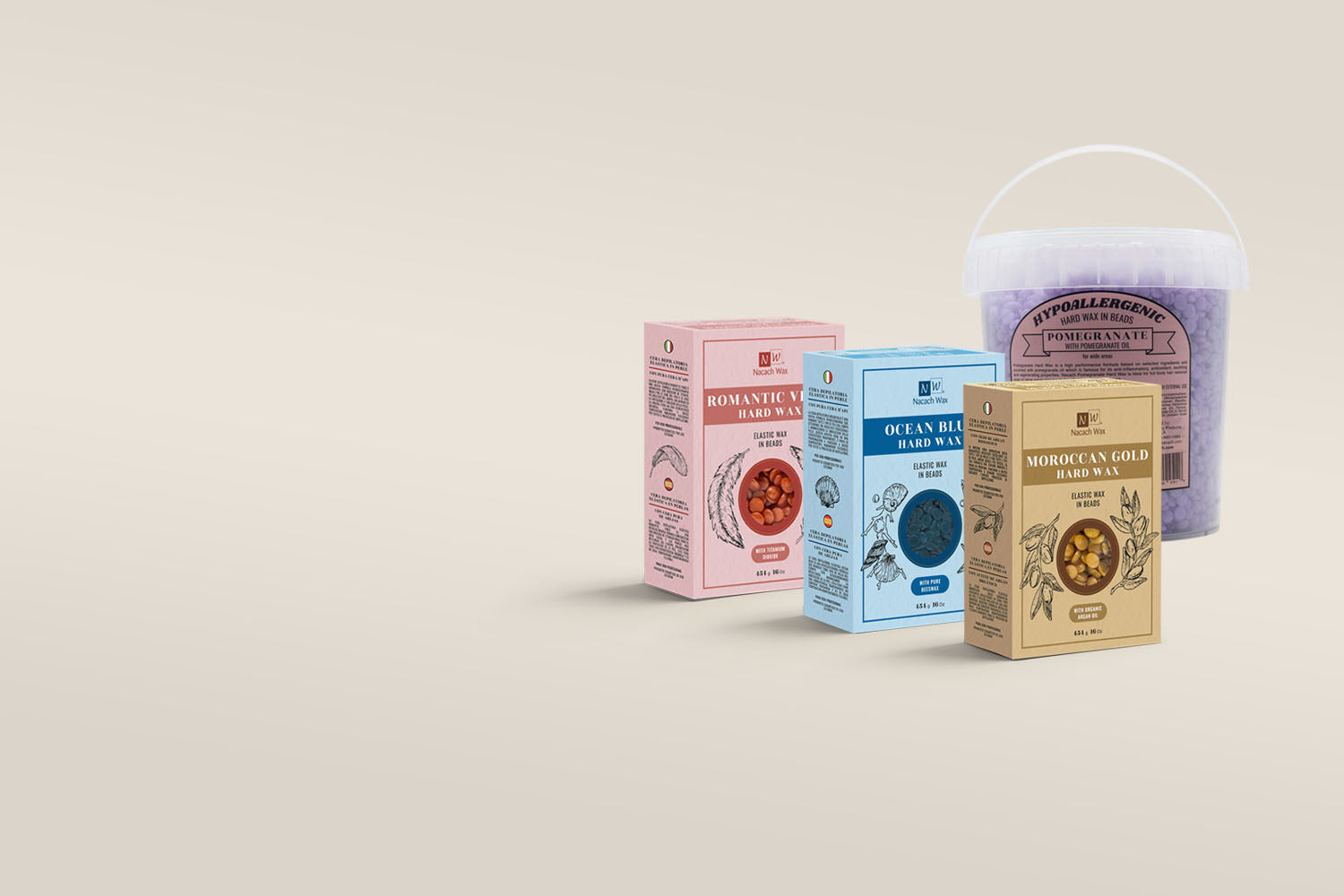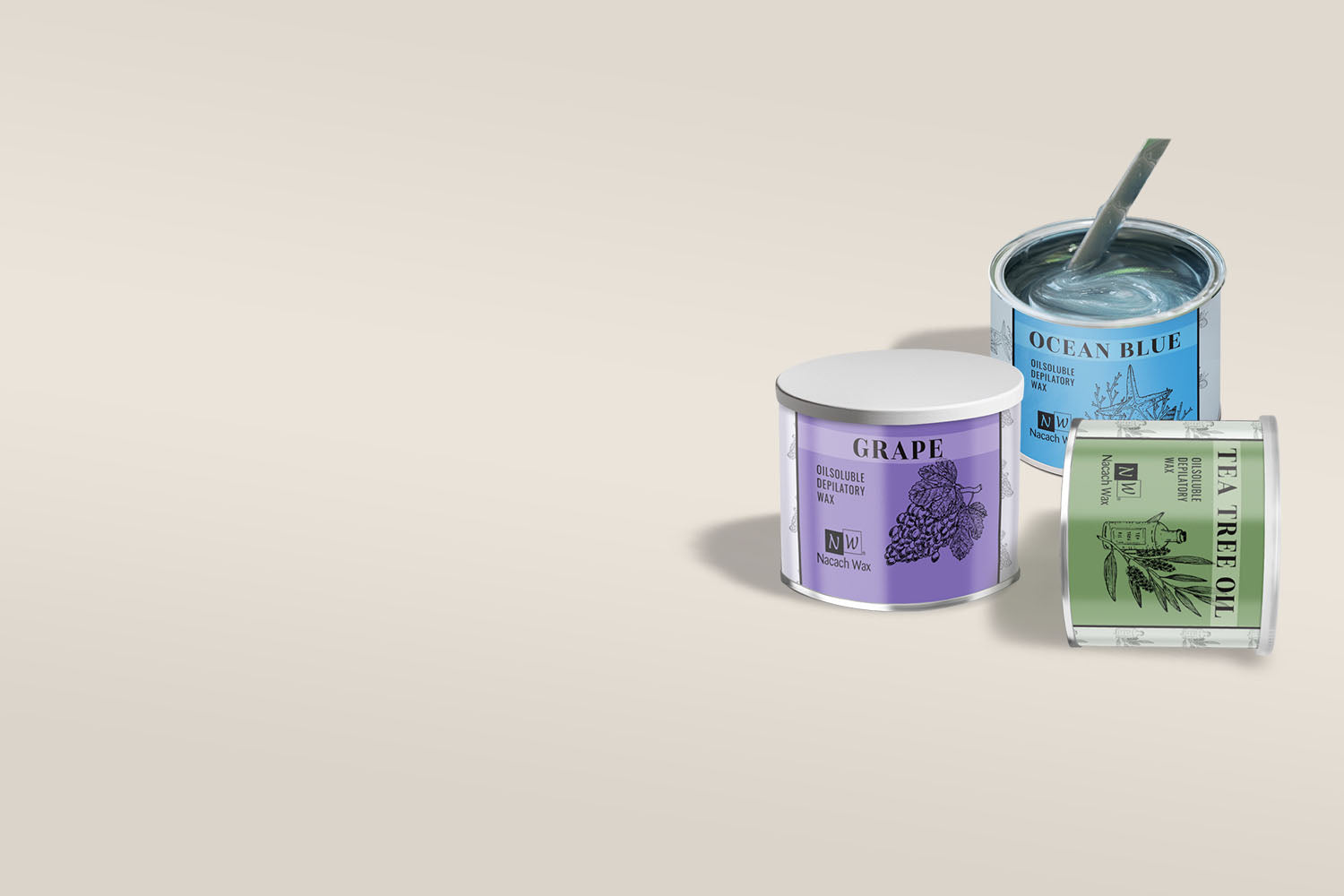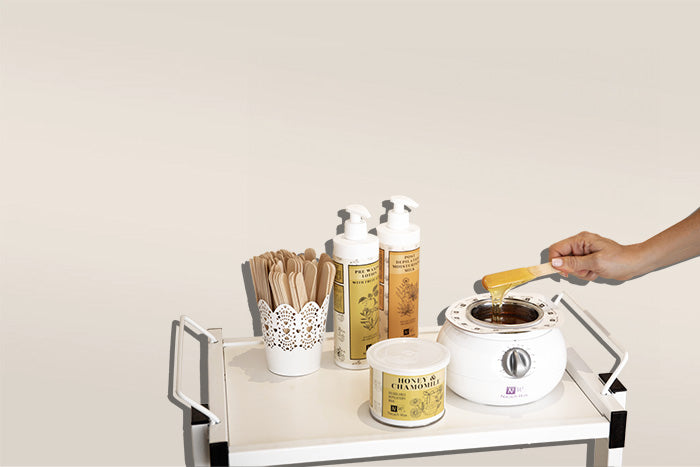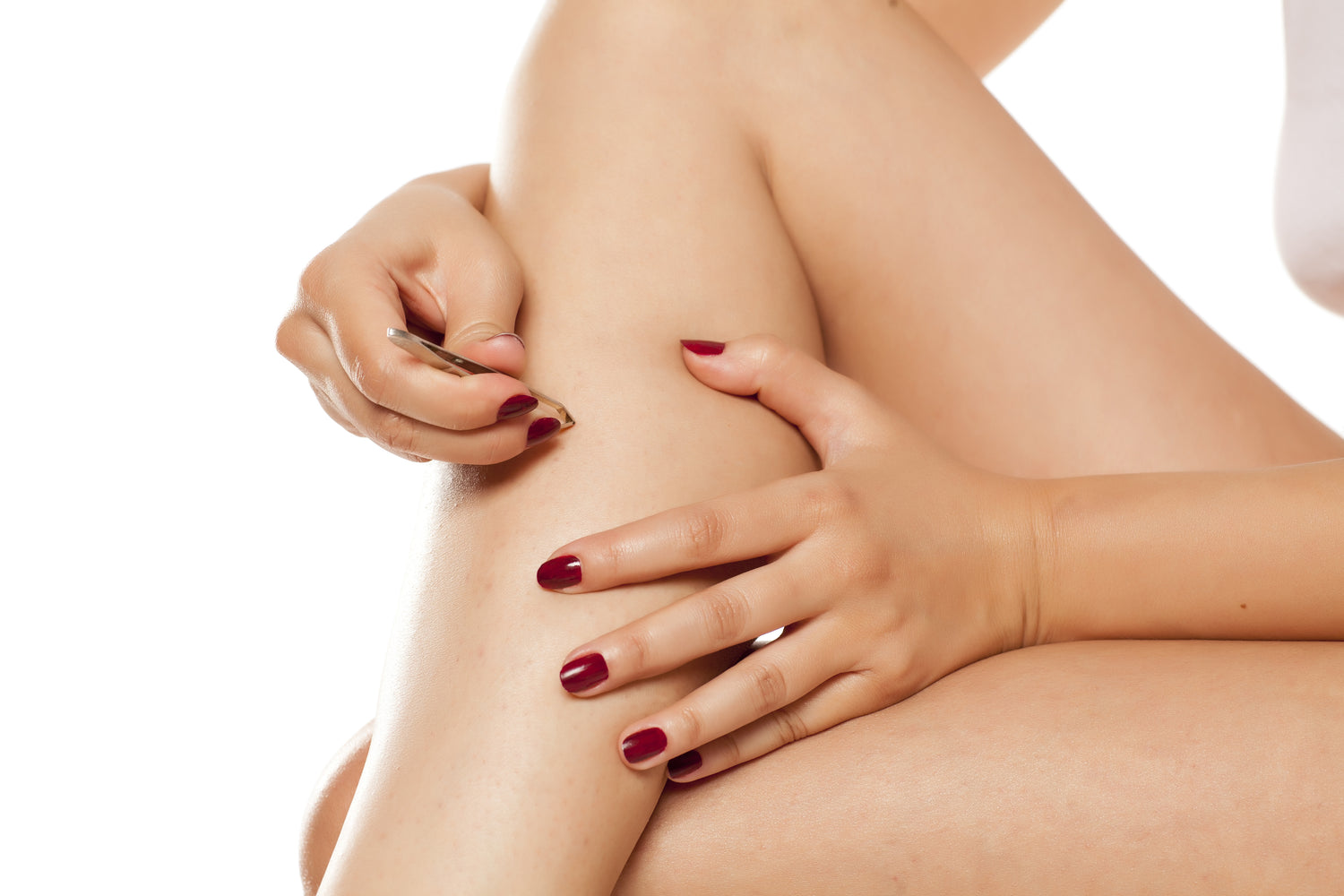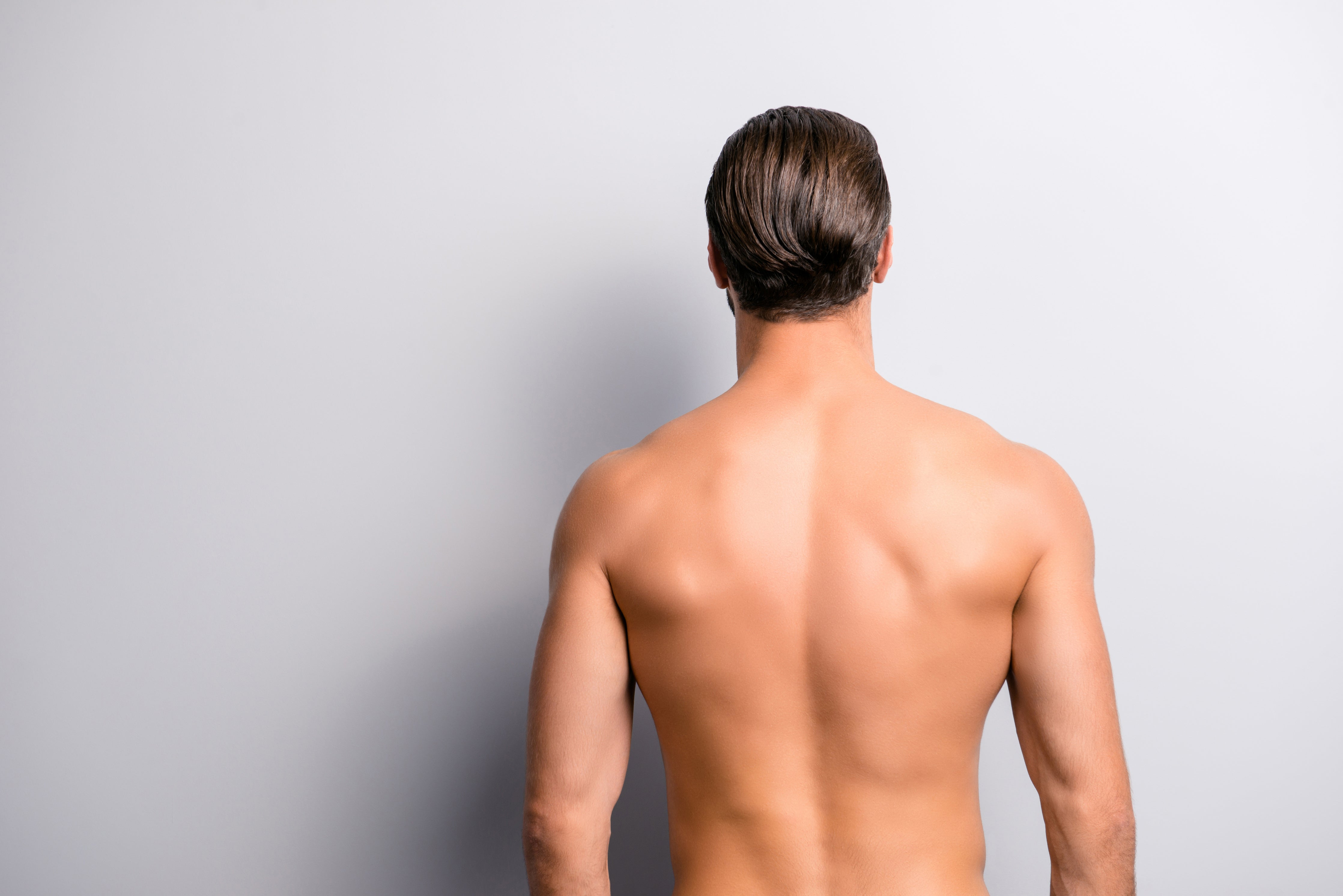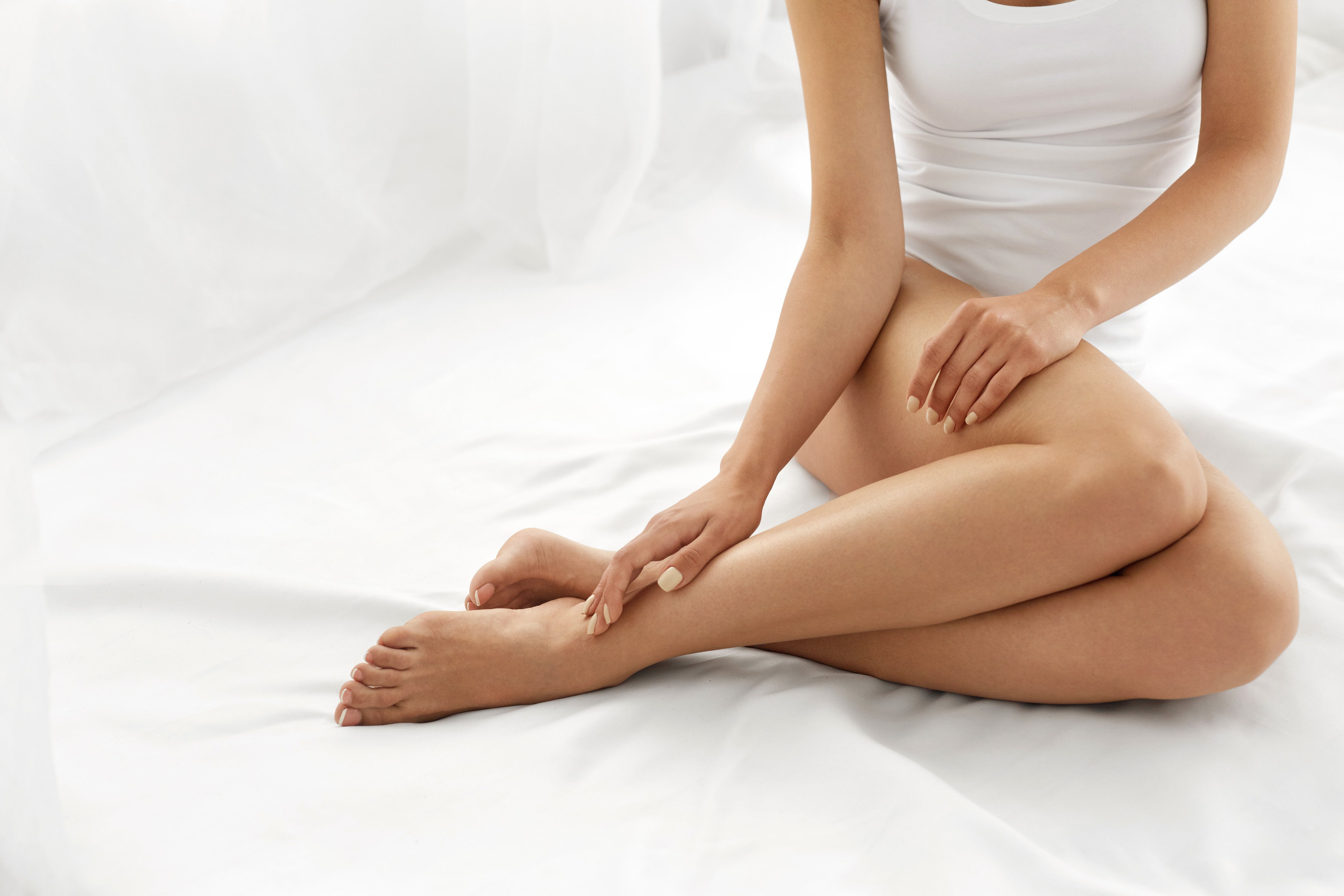If you’re interested in learning how to remove ingrown hair and how to prevent them from happening in the future, read on.
Some hair removal methods, combined with certain types of hair structure, can encourage ingrown hair to occur. Shaving, waxing, and tweezing can all occasionally cause ingrown hair to happen. Tightly curled hair, like Afro-American hair, especially in the beard area, and denser, curled hair, like pubic hair, tend to grow ingrown hairs more frequently.
Whether a cyst forms around the ingrown hair or not depends on several factors. A cyst that results from ingrown hair looks similar to an acne cyst. However, if you look at ingrown hair pictures, you will see that most of them don’t develop a head like most acne cysts. The best way to avoid a painful and possibly scarring cyst is through prevention, which we’ll cover later on.
Ingrown Hair Removal

How to remove an ingrown hair and how to treat ingrown hair are slightly different matters. You should only physically try to remove an ingrown hair if it’s visible from the surface.
Here’s how to treat ingrown hair:
- Stop removing the hair in that area—no waxing, shaving, or plucking the hair surrounding it—until the ingrown hair is resolved.
- Apply warm compresses to the area.
- Gently pull out the hair with tweezers sterilized with rubbing alcohol.
- Disinfect the area, and apply an antibiotic ointment like NeosporinⓇ.
- Use creams to reduce inflammation. A lotion that contains tea tree oil and menthol, like Nacach Post-Wax Refreshing Cream, is soothing and antiseptic.
- Treat the area with retinoids.
Should you attempt an ingrown hair cyst removal yourself?
According to Medical News Today, you should avoid either picking or trying to pop the cyst. It’s explained that cysts can fill with keratin, a thick, yellow substance. While popping the cyst might release the liquid, it doesn’t remove the underlying sac that develops under the skin, and your cyst might recur. One of the concerns with popping is that it can invite bacteria to the skin, which can cause infection.
Encourage the cyst to subside and the trapped hair to emerge to the surface by gently scrubbing the cysts with a warm cloth a few times daily. You may gently exfoliate the area.
You will want to see a doctor if you have any of the following symptoms of infection from an ingrown hair:
- Red skin
- Swelling
- Swollen bumps full of liquid, pus, or very painful to the touch
- Bleeding
Where Ingrown Hairs Happen and Why
Women are likely to end up Googling “ingrown hair pubic” much more often than they are to search for “ingrown hair on the leg.” The reasons for this are:
As we’ve learned, shaving and curly hair is a problem. For most of us, pubic hairs are coarser and curlier than the hair on our legs. Plus, there is often added friction in the groin region from either clothing (think elastic from panties) or simply sitting. Add to this the fact that women are likely to be tempted to do a quick, dry skim on their bikini area with a razor without prepping the area well, and voila! Ingrown hair.
It’s less likely that women will find themselves looking for ways to remove ingrown hair on facial areas. Most ingrown hair on face surfaces happens to black men who shave.
However, sometimes in desperation, women will shave their chin hairs. If you’re getting ingrown hairs on your chin and having been shaving the area, you need to check out this post.
Some dermatologists recommend a prescription cream called eflornithine (VaniqaⓇ) between hair removal sessions to decrease hair growth on the face and lower the likelihood of ingrown hairs.
Ingrown Hair and Cyst Prevention
As prevention beats cure any day of the week, treating hair removal areas both before and after depilation can help.
There are several ways to prevent ingrown hairs before hair removal. They include exfoliating the skin on an ongoing basis and softening and warming the skin and underlying hairs right before waxing, tweezing, or shaving.
On a regular basis, try adding a few minutes to your shower to gently wash the area that’s prone to ingrown hairs. Just use warm water and a washcloth with a mild facial wash with a little salicylic acid like CeraVe.
Before shaving, wash the area with warm water and use a shaving gel, which you should let sit for a while before shaving. Make sure to use a sharp, single-blade razor and rinse between strokes.
Actually, for the bikini area and even more intimate places, Self.com suggests waxing is more appropriate to prevent ingrown hairs.
When waxing, prepare the area before waxing with Nacach Wax Pre-Wax Lotion, which is specifically made with natural fruit acids for their pre-waxing exfoliating and antiseptic properties.
Using a good post-epilation product is also vital to avoid ingrown hairs. Nacach post-wax care products are excellent products designed for this purpose. To avoid ingrowns, try Nacach’s Post-Wax Refreshing Gel.
Takeaways
A well-trained esthetician will do everything she can to ensure the best experience leading up to and following treatment.
When waxing or providing another service for a client, asking about their skin’s tendencies and the client’s previous experiences can help manage expectations and guide the spa in advice-giving when setting appointments and after procedures. If your clients are prone to ingrown hairs, advise them to wear loose clothing for a day or two after bikini or Brazilian waxing, for example.Using the best waxes, pre-wax, and post-wax solutions, and keeping an immaculate waxing facility will go a long way to preventing ingrown hairs and maintaining happy clients.
